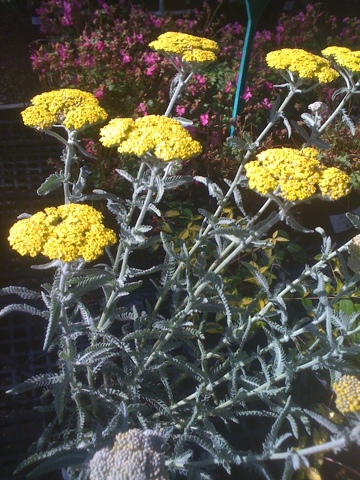Fertilizing rhododendrons
After your rhododendrons bloom is the time you want to fertilize your plants. I like using an organic fertilizer because it allows your plant to absorb nutrients at a slower pace, which is healthier for your plants.
Pruning rhododendrons
 |
| Rhododendron |
Right after your Rhododendrons bloom they begin to send up shoots. You will want to prune and shape your plants at this time. Don’t wait too long because your plants will be setting blooms for next year soon. If you wait too long you will be cutting off next year’s flowers. Right below this year’s faded blooms new shoots will begin to form. If there are two or less shoots break them off with your hands. Leaving two or less shoots will lead to long leggy plants with few leaves and branches. If there are three or more leave them alone. This will make for a more compact and fuller plant.
What to do if your plants are already long a leggy. Now is the time to cut them back too. But you will need to leave a set of leaves on each branch. This may mean you cannot cut them back as far as you would like. Cutting back all the leaves may lead to the branch dieing. Try to avoid this when ever possible. This makes the pruning procedure all the more important.
If your plants are not blooming there are some steps you may need to take to encourage blooms. Rhododendrons need some light to bloom. Morning sun with filtered light in the afternoon is ideal. You may need to move your plant to get blooms or trim trees around your yard to get the proper sunlight. If your plants are getting the proper light requirements they may be missing nutrients. Super Phosphate 0-20-0 will greatly improve your chances of getting your plant to bloom. Remember to dig Super Phosphate into the soil around the root zone, be gentle when doing so as to not hurt the roots. Phosphate needs to be dug into the soil because it does not penetrate the soil as easily as other nutrients.



